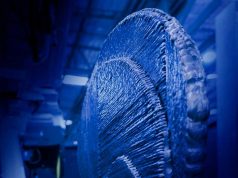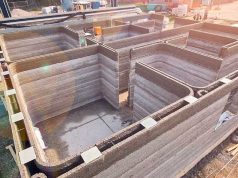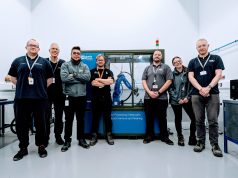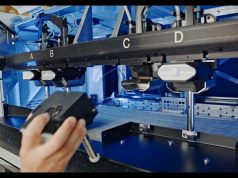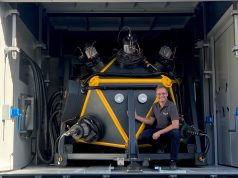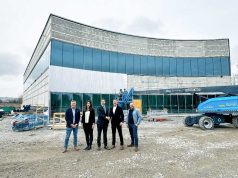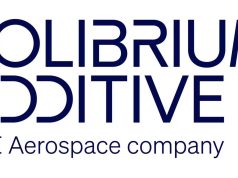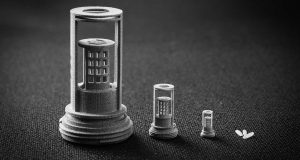Minimising risk is essential for oil and gas companies to achieve their production output targets. Hence, they’re turning to metal 3D printing to produce reliable and high–performing parts.
The upstream stage of the industry is where metal 3D printing holds the most potential. The upstream oil and gas stage comprises of exploration and production activities, which are highly capital–intensive, present many operational risks and rely heavily upon technological innovation.
The upstream oil and gas sector has mainly been using metal 3D printing to manufacture downhole components, which have numerous design variations and are produced at low to medium production volumes.
At first, the technology was only used to produce functional prototypes, but due to the advancements in metal 3D printing technologies, it’s now being used to create end–use parts. This includes both the production of legacy parts and newly designed components.
To help you get an idea of the applications and use cases of metal 3D printing, it’s best to look at different stages of the value chain individually.
Drilling Operations
During drilling operations, downhole tools are subjected to high temperatures, pressures, shock and vibration, as well as erosive drilling fluids. 3D printing allows for greater levels of design freedom. In the case of drilling applications, bottom hole assembly components with highly optimised flow profiles that minimise the impact of erosion can be fabricated.
In terms of materials, parts can be printed using high–grade steels like 17–4PH or super alloys such as Inconel718, which have the performance properties to withstand extreme drilling conditions.
Here are a couple of examples of metal 3D printed parts used for drilling applications:
- Drill bits with optimised nozzle designs and cooling channels to improve cutting performance and extend cutter lifespan.
- Downhole rotors, stators, endcaps and centralizers, used by directional drilling equipment, with optimized flow profiles to improve erosion resistance.
Well Completion
Having the correct sand control solution for a reservoir is critical to for maximising production output and minimising maintenance spend.A key advantage of additive manufacturing is the ability to produce complex and customised parts in small production batches, at a lower unit cost compared to traditional manufacturing methods.
Bespoke sand control components can be designed and deployed cost– efficiently. This benefit also extends to other well completion tools, such as liners, packers and clean–out tools.
Here are few example cases of metal 3D printing opportunities for the well completion stage:
- Downhole sand control components such as screens and intake valves with customized geometries based on the unique reservoir conditions.
- Wellbore clean–out tools, specifically nozzle designs with optimised flow profiles to minimise erosion.
- Liner hanger and packer system components with intricate geometries can be produced rapidly without the need for complex machining.
Artificial Lift
Artificial lift equipment must carry reservoir fluids from the production zone to the surface and must work under erosive and corrosive operating conditions for long durations.
It’s important that artificial lift equipment is designed for reliability and durability — this is where metal 3D printing can help. Using 3D printing it is possible to produce complex pump components that allow for greater performance and extend operating life.
Here are a couple examples of how metal 3D printing can be used to improve artificial lift performance.
- Electrical submersible pump impellers and diffusers with optimized flow profiles to reduce pressure losses and increase erosion resistance.
- Surface pump valve components, printed in a corrosion resistance material (e.g. 316L) instead of being produced in cast steel.
Find out more about The Steel Printers at thesteelprinters.com.
Subscribe to our Newsletter
3DPResso is a weekly newsletter that links to the most exciting global stories from the 3D printing and additive manufacturing industry.




